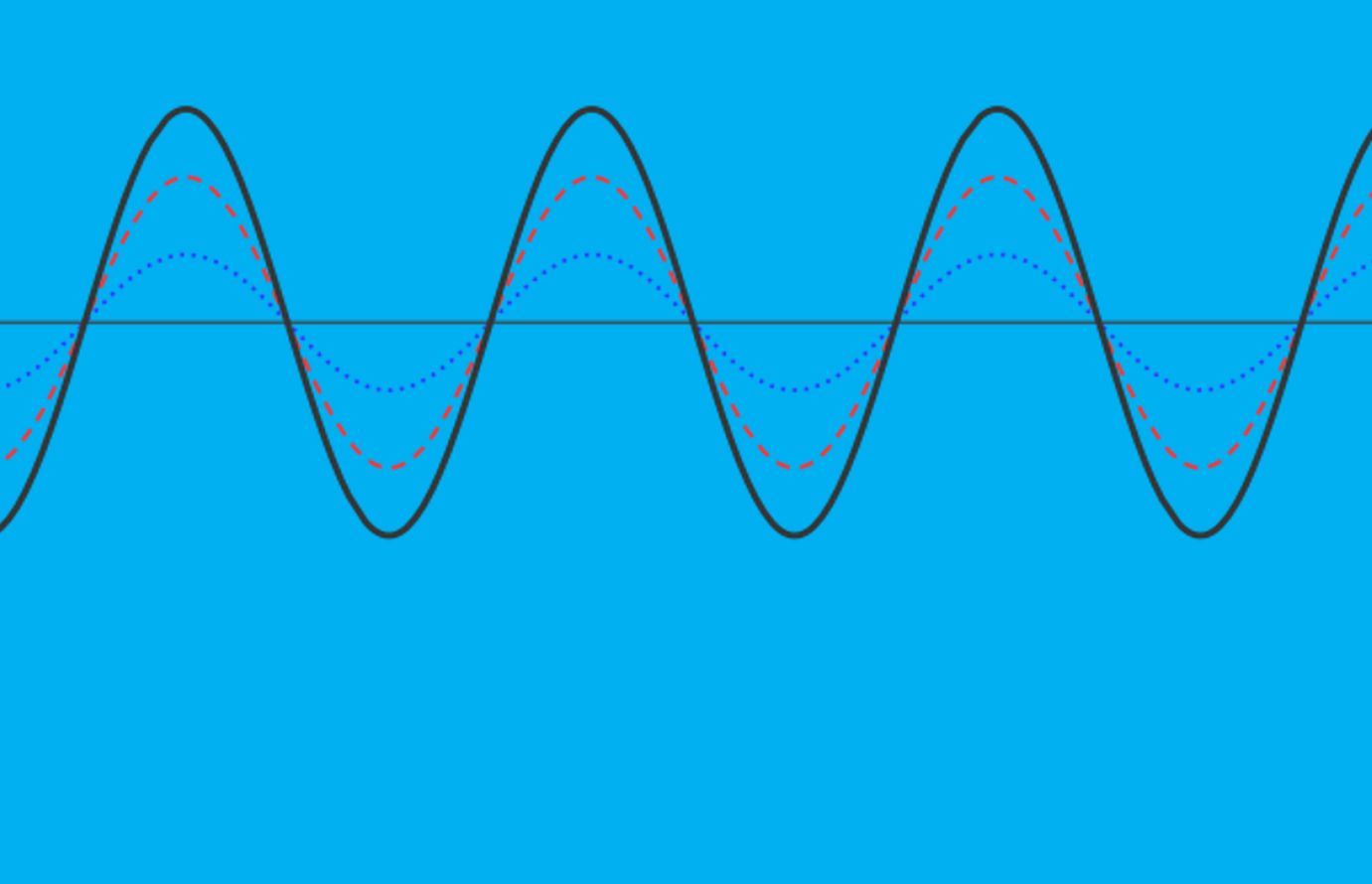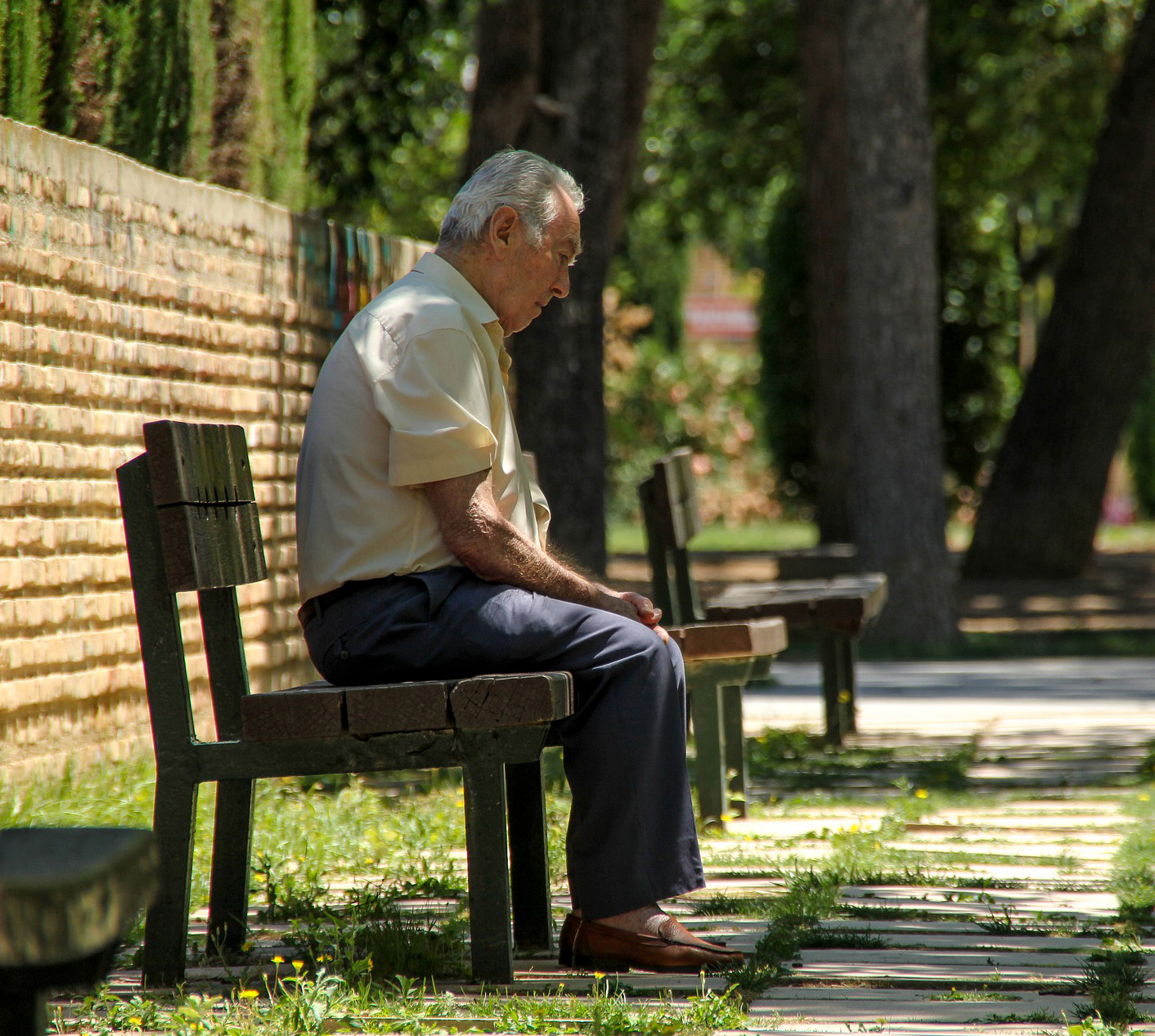Stronger 3D prints
3D printing is a manufacturing process used for both consumer and industrial applications in the aeronautics, automotive, rail and medical industries. The Shoryuken project being developed at IMT Nord Europe aims to improve the mechanical performance of the objects printed using plastic and composite materials. To accomplish this, it combines 3D printing with laser welding technology.
In the industrial world, certain parts of cars, trains, airplanes, prostheses and orthoses are now manufactured using 3D printing. This manufacturing method enables the small-scale production of customized, geometrically complex parts using 3D digital models, without requiring expensive, specifically designed molds. This procedure saves time and materials when producing prototypes and products to be marketed. However, 3D printing has its limits, especially in relation to structural composite materials, which are plastic materials reinforced with fibers with a high level of resistance and rigidity.
3D printing processes that use composites with yarn containing cut reinforcing fibers generally produce materials with relatively weak mechanical properties. In order to improve the mechanical performance of the printed parts, manufacturing processes using yarns reinforced with continuous fibers are now in high demand in the industry. These yarns are made of thermoplastics, heat-sensitive materials, and continuous carbon or glass yarns. During the printing process, the yarns are melted in order to add the materials they contain layer by layer. The carbon fibers contained in the thermoplastic yarns do not melt and provide the object with solidity and resistance.
However, the required level of resistance and rigidity can only be obtained in the direction of the fibers, since they are all positioned on a single printing plane. “The current composite 3D printing technology does not allow for the production of parts containing continuous fibrous reinforcements oriented in all the directions desired in space. This is a disadvantage when there are mechanical constraints in three dimensions,” says André Chateau Akue Asseko, researcher in Materials Science at IMT Nord Europe and winner of the Young Researchers call for projects by the French National Research Agency (ANR).
Hybridization of innovative technologies
This is precisely the technological barrier that the new Shoryuken* project seeks to overcome. To accomplish this, the initiative is studying the pairing of 3D printing with laser welding. This combination makes it possible to print two or more components for the same composite part in different printing directions and then use laser welding to assemble them.
“The difficulty stems from the presence of fibers or porosity, which disrupt the laser beam path due to the heterogeneity, which introduces thermal and optical diffusion phenomena,” the scientist explains. This assembly process therefore requires that the small areas filled with thermoplastics be treated differently during 3D printing. The laser radiation melts the thermoplastic polymer in a targeted manner with the composite material surrounding it. Once they are welded together, the two components become inseparable. This makes it possible to produce objects containing reinforcing fibers positioned in ways that allow them to resist mechanical loads in different directions.
Virtual engineering to optimize production
Modeling and simulation tools integrating multiphysics coupling are being developed to optimize these innovative design and production processes. These tools therefore contain information on the interaction between the laser and materials and their thermal and mechanical behavior. “Virtual engineering makes it possible to define the optimal assembly conditions that will ensure the quality of the welding interface,” says André Chateau Akue Asseko. The software, populated with information on the materials of interest, such as melting points, is used to simulate the behavior of two materials that are welded together in order to prevent spending too much time and materials on 3D printing tests.
The user can therefore adjust the laser parameters in order to conduct an optimal weld right away. “These simulations allows us to identify the optimal temperature and speed ranges for welding,” the researcher explains. The development of this type of tool would allow companies to reduce their development and industrialization costs before production by avoiding potential assembly problems. This would ensure the mechanical performance of the manufactured goods.
Read more on I’MTech: 3D printing, a revolution for the construction industry?
Multisectoral applications
“For this project, we chose to focus on the health sector by producing a prosthetic arm as a demonstrator,” says the scientist, who is currently in contact with companies specialized in prosthesis design. André Chateau Akue Asseko explains that he initially chose to prioritize this sector for pragmatic reasons. “There is strong demand in this field for customized items, adapted to the users’ morphology. The parts are reasonably sized and compatible with the capabilities of our experimental equipment,” the researcher says.
The Shoryuken project will end in 2026. By that time, the future process and digital tool could convince other industries, such as the rail and automotive sectors, of the benefits of customizing parts and tailoring their functionalization for small and medium-scale production runs. For transportation companies, the significantly lighter weights of the parts designed and produced help to cut down on fuel consumption and thereby reduce carbon emissions, which are a key concern in the current global environmental context.
Rémy Fauvel
* The ANR JCJC SHORYUKEN project on the “Assembly of Hybrid Thermoplastic and Thermosetting Carbon Composite: Customization of Complex Structures” is funded by the French National Research Agency (ANR) as part of the 2021 Generic Call for Proposals (AAPG 2021 – CE10) on “Industry and Factories of the Future: People, Organization, Technology.”






